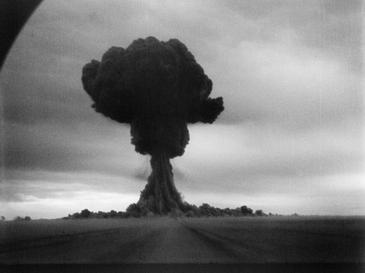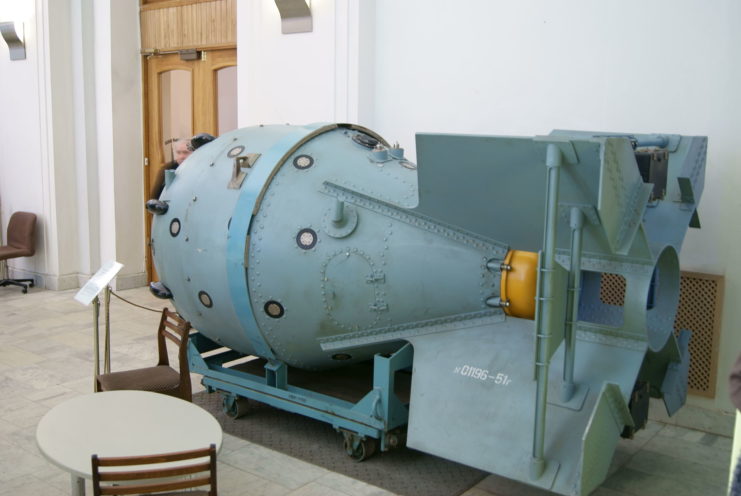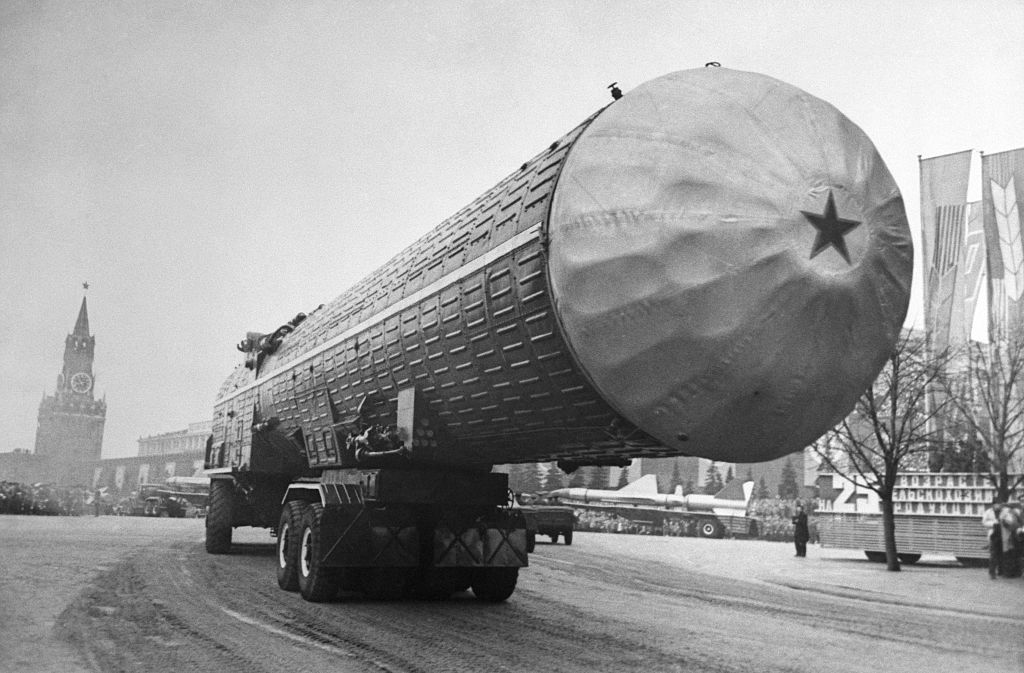Isaak Khalatnikov passed away on Saturday, January 9, 2021, at 101 years of age. He was the last surviving member to have participated in the development of the Soviet Union’s first nuclear bomb.
Khalatnikov was also the oldest member of Russia’s Academy of Sciences (RAS). He headed the prestigious Landau Institute for Theoretical Physics from its beginning in 1964 to 1992 and remained the honorary director of the institute until his death.
He is known and highly respected for being one of the premier theoretical physicists in the world with work covering superfluidity theory, quantum field theory and general relativity.

His work in the theory of quantum liquids led to the Landau-Khalatnikov equations of hydrodynamics, the Khalatnikov-Bekarevich equations, and canonical methods in hydrodynamics of quantum liquids. The last of those works led to the solutions to several problems in the hydrodynamics of quantum liquids.
He is also noted for his work in cosmology and relativistic astrophysics. His work on the problem of singularity in general relativity theory resulted in the discovery of a new type of oscillatory behavior in the vicinity of time singularity which has subsequently been confirmed and has led to solutions to the Einstein equations with the time singularity.
He was awarded the State Prize of the USSR, the Landau Prize of the USSR Academy of Sciences, the Alexander-von-Humboldt Award, the Kiwanis Prize “For Science and Disarmament,” the I.E. Tamm Gold Medal of the Russian Academy of Sciences and the Marcel Grossman award. In 1994 he was made a Foreign Member of the Royal Society of London.
But to most people he is known for his work on the RDS-1 bomb, the Soviet Union’s first nuclear weapon. Work began on the bomb in 1942 and was completed with a successful test in 1949.
Khalatnikov served in the Red Army during the war and did not join the work on the bomb until the war had ended. He worked with a team of scientists who calculated the yield of the bomb. In the days before computers, this meant that very complicated mathematical formulas had to be computed by hand.
Khalatnikov was able to develop a formula that delivered the required yield and which turned out to be very close to the actual results from the real world tests.

That first bomb was a nuclear fission bomb but Khalatnikov also worked on the country’s first nuclear fusion bomb which was even more difficult to develop. Khalatnikov once called it a “miracle” that they were able to perform the required calculations without computers. They were able to successfully test that bomb in 1953.
Khalatnikov published 92 works in 220 publications including a biography of Lev Landau and an introduction to the theory of superfluidity.
Another Article From Us: Fossil Actually a Wartime Grenade: Explodes in Civilian’s Kitchen Sink
After his work on the bombs, Khalatnikov worked with other experts to bring attention to the need for nuclear disarmament. He is one of the signers on the 2007 International Conference on Preventing Nuclear Catastrophe Declaration which was agreed upon by 57 experts at the Luxembourg Conference.
